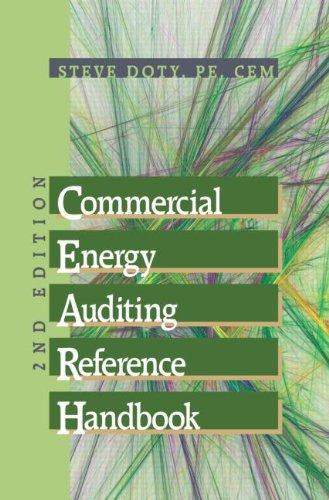Question
Quiz introduces the idea of tracking balance sheet and income statement effects of transactions using a matrix. This first step keeps things pretty simple. In
Quiz introduces the idea of tracking balance sheet and income statement effects of transactions using a matrix. This first step keeps things pretty simple. In subsequent videos, you will see this developed further into what I call the "Scorecard" and the textbook calls the "Fincial Statement Effects Template". You will be given beginning balances and 4 transactions. You are required to enter dollar amounts in a table of "fill in the blanks". The table has columns for assets, liabilities and shareholders' equity (S/E). The first row in the table is for beginnig balances; enter the numbers below into the correct column of the first row. Do NOT include $ signs, just numbers. Indicate negative numbers with a minus sign, not parentheses. Once you enter the beginning balances, the second row is for the first transaction below, third row for second transaction, etc. The last row of the table is for the 2016 ending balances, which should be the sum of each column if your answers are correct. You might want to prepare this in Excel and then type your answers in the quiz. You cannot copy and paste your answers from Excel or Word.
As an example, suppose the company paid $82 to its CEO as salary for 2016, and GAAP includes this amount in value creation in 2016. The proper answer for this transaction is -82 in the blank in the asset column, a 0 in the liability column, and -82 in the blank in the S/E column. You must enter 0 if a column is unaffected; an unfilled blank will be counted as incorrect.
|
| Instructions | The CHS Co. started 2016 with $760 of assets, $320 of liabilities, and $440 of shareholders' equity. During the year, the followsing transactions happened in 2016:
Use these facts to complete the following table. If a transaction does not affect a particular column, enter 0.
|
|---|
QUESTION 1
-
Use the details in the instructions to complete this table.
Assets Liabilities S/E Beginning balances Borrowed money Declared and paid dividends Obligation for fees to city Cash received from customers Ending balances
Could you explain answers
Step by Step Solution
There are 3 Steps involved in it
Step: 1

Get Instant Access to Expert-Tailored Solutions
See step-by-step solutions with expert insights and AI powered tools for academic success
Step: 2

Step: 3

Ace Your Homework with AI
Get the answers you need in no time with our AI-driven, step-by-step assistance
Get Started


